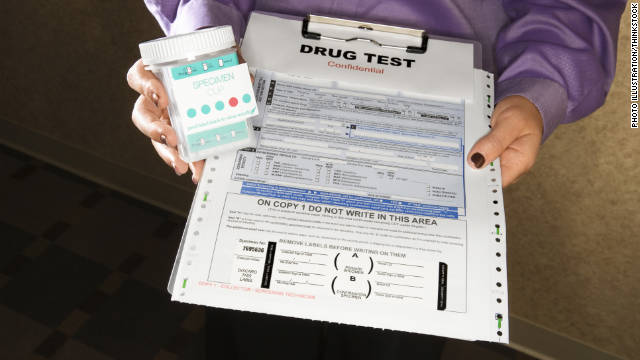Drug testing’s back in the news, this time in a story by a former champion cyclist who ‘fessed up to years of successful doping.
It echoes much of what we learned during the recent Olympics about State-sponsored doping with the Russian track and field teams.
Drugging athletes to improve performance is a complex topic, but for now, I’d like to address the issue of testing.
My first job in the treatment field was in a hospital-based locked detox ward. As low man on the totem pole, my duties included observing patients as they peed into little bottles. We collected a minimum of two samples, at admission and discharge, and we could also test ad hoc if we had reason to suspect someone was cheating. Over time, I was able to identify five different methods for beating the drug tests. In order of popularity:
- Flooding— a made-up term for ingesting huge quantities of water or juice, followed by frequent urination, and more fluids. The goal is to diluting any evidence in the sample. Works best later in the day, as metabolites accumulate during sleep and are hard to hide in the morning.
- Adulterants— I’ve heard people claim that Visine or Systane eye drops will mask the presence of drugs when added directly to a sample. That’s pretty difficult to do if someone is standing there observing, but some folks try. Same for so-called ‘natural’ preparations ‘guaranteed’ to guard against detection– what if it fails? You going to sue the manufacturer?
- Diuretics— So-called ‘water pills’ that cause the kidneys to release more sodium into the urine, allegedly providing a “rinse” to remove traces of other substances. These meds can be expensive and also have unpleasant side effects. You’re counting on the lab not cross-checking for diuretics in the sample.
- Bribery— Always popular in correctional settings, where cash can entice a low-paid employee to replace your sample with a clean one, either someone else’s or a synthetic.
- Tricks and stunts. This is another level of complexity, including commercial devices such as the WhizzinatorTM, which features its own prosthetic penis in a variety of attractive colors.
None of the above is guaranteed to work, but that doesn’t stop people from trying. If you’re not careful, the whole thing turns into an endless game of cat-and-mouse, that leads nowhere. Better to focus on developing a quality relationship with the client– the sort where s/he’s likely to just come out and tell you. Then the two of you can figure out what to do, together.












